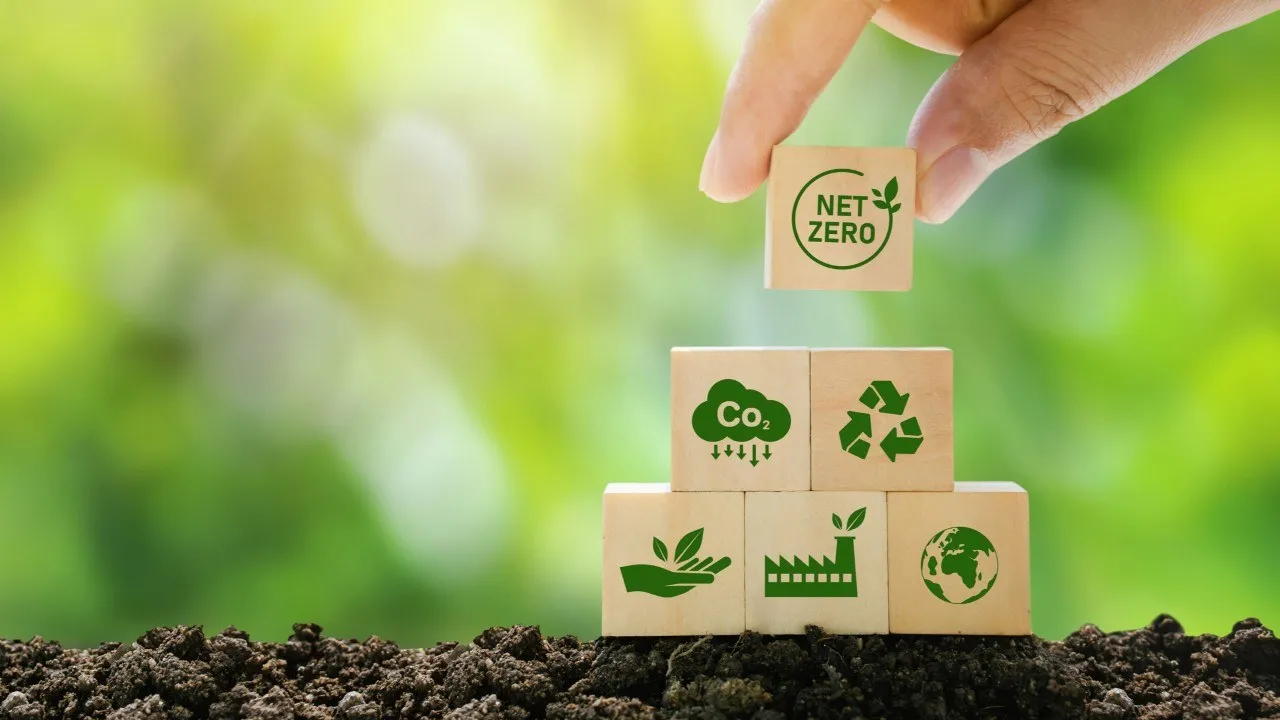Record cocoa price shocks, rising heat and disease in West Africa, and new (and pending) EU deforestation regulations have turned chocolate into a climate-and-trade story. The stakes are immediate. Global cocoa production fell 12.9% in 2023-24, widening the deficit to an average of 494,000 tonnes; futures spiked to unprecedented levels in 2024–25 as Ghana and Côte d’Ivoire faced heat, erratic rains and disease.
Farmers, processors and policy-makers are scrambling for tools that stabilise income without pushing cultivation into forests.
Why COP30 matters for cocoa now
COP30 is the first summit after the Dubai 'stocktake' where countries are expected to submit stronger 2025 NDCs (national climate plans). It also follows COP29’s finance deal to channel “at least” $300 billion a year by 2035 toward developing countries and the ongoing operationalisation of the Loss & Damage Fund. For agriculture-heavy economies in the cocoa belt, the mix of adaptation finance, new national goals and carbon-market rules is directly linked to farmers’ survival and forest protection.

